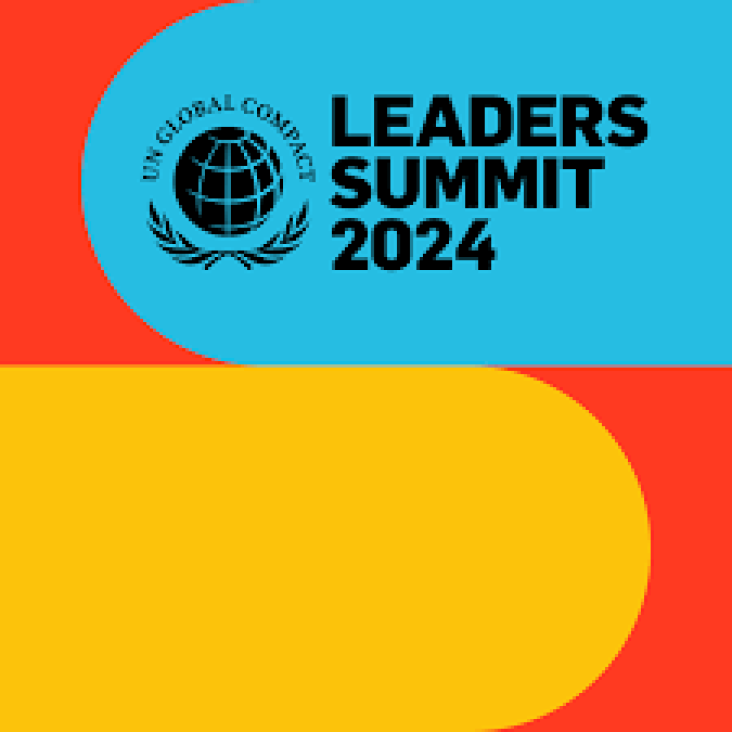
On Wednesday 25th September 2024, the five 2024 WE Empower awardees will take part in the WE Empower SDG Challenge Pitch Night. Hosted by fashion designer, author and philanthropist, Diane Von Fur
This review aims to identify optimal strategies for the long-term sustainable development of Bangladesh in the realm of occupational chemical safety and management. The review critically evaluates the current state of Bangladesh's national chemical management and proposes a policy trajectory for consideration.
This content aligns with Goals 2, 11, and 15 by examining the role of traditional agriculture in periurban areas and its contribution to local food security; providing insights for sustainable urban development; and supporting sustainable land management.

The Leaders Summit is the UN Global Compact’s dynamic day-long conference dedicated to providing the tools, network, knowledge, and inspiration needed to scale the impact of private sector contribu
Technological Pathways for Africa' s Net-Zero Economy, Technology Solutions to Unlock Africa's Sustainable Future, 2025, Pages 139-157
This chapter aligns with SDG Goals 7, 11, and 13 by exploring the significance of international partnerships and collaborations in promoting innovation and expanding renewable energy initiatives in Africa. It offers pragmatic suggestions for incorporating renewable energy alternatives into Africa's development agenda.
The study of Laguna Bacalar's paleoecology during the Late Holocene provides important insights into how regional climate changes and sea level fluctuations have shaped the vegetation and ecosystems of this region, which can inform conservation efforts and climate adaptation strategies.
